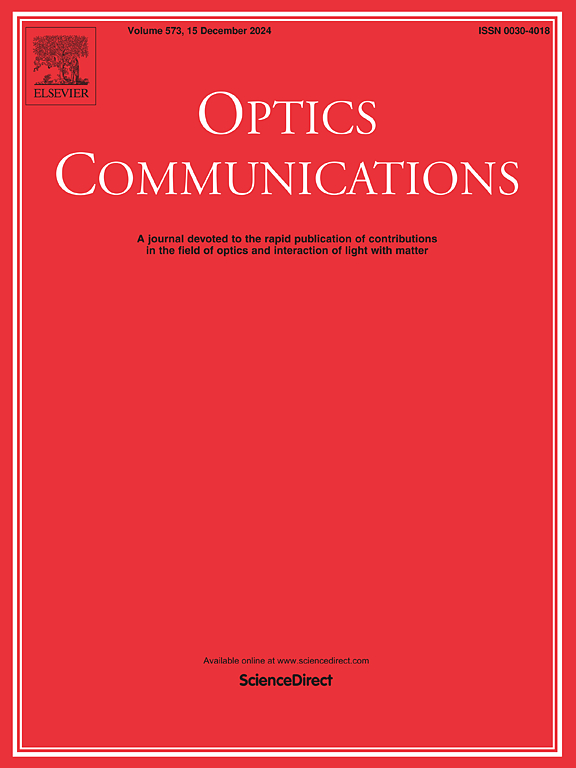Enhanced coati optimization algorithm and its application in power allocation for NOMA-VLC systems
IF 2.2
3区 物理与天体物理
Q2 OPTICS
引用次数: 0
Abstract
Coati Optimization Algorithm has drawbacks, including reduced optimization accuracy in the search space and a tendency to get trapped in local optima. To address these shortcomings, this paper proposes an Enhanced Coati Optimization Algorithm (EnCOA). Firstly, to address the shortcomings of the traditional COA, which tends to local optimization guided by iguana, a convex lens imaging strategy and mutation perturbation are proposed to enhance population diversity and improve the algorithm’s global exploration capability. Secondly, the concepts of bidirectional grouping in the teaching phase of the Teaching-Learning-Based Optimization and the cosine learning factor are introduced to improve convergence speed and accuracy. Finally, the water wave dynamic adaptive factor is utilized to enhance the stability of the COA. The performance of EnCOA is assessed using various benchmark functions, including those from CEC2017, to highlight its effectiveness in optimization tasks. Furthermore, Visible Light Communication (VLC) provides high transmission speeds, robust interference immunity, and low energy consumption, positioning it as an effective solution for high-speed data transmission needs. To enhance system performance, Non-Orthogonal Multiple Access (NOMA) is integrated into the VLC framework. This study focuses on power allocation within the NOMA-VLC framework, with the goal of maximizing user rates while ensuring fairness. Simulation results show that EnCOA outperforms other algorithms in power allocation within the NOMA-VLC framework, especially under varying user numbers, residual interference, LED application scenarios, and shifts in photodetector alignment. EnCOA consistently demonstrates efficient power distribution and superior performance under complex communication conditions. Therefore, EnCOA is of significant importance in solving global optimization problems and power allocation challenges in NOMA-VLC systems.
求助全文
约1分钟内获得全文
求助全文
来源期刊

Optics Communications
物理-光学
CiteScore
5.10
自引率
8.30%
发文量
681
审稿时长
38 days
期刊介绍:
Optics Communications invites original and timely contributions containing new results in various fields of optics and photonics. The journal considers theoretical and experimental research in areas ranging from the fundamental properties of light to technological applications. Topics covered include classical and quantum optics, optical physics and light-matter interactions, lasers, imaging, guided-wave optics and optical information processing. Manuscripts should offer clear evidence of novelty and significance. Papers concentrating on mathematical and computational issues, with limited connection to optics, are not suitable for publication in the Journal. Similarly, small technical advances, or papers concerned only with engineering applications or issues of materials science fall outside the journal scope.
 求助内容:
求助内容: 应助结果提醒方式:
应助结果提醒方式:


